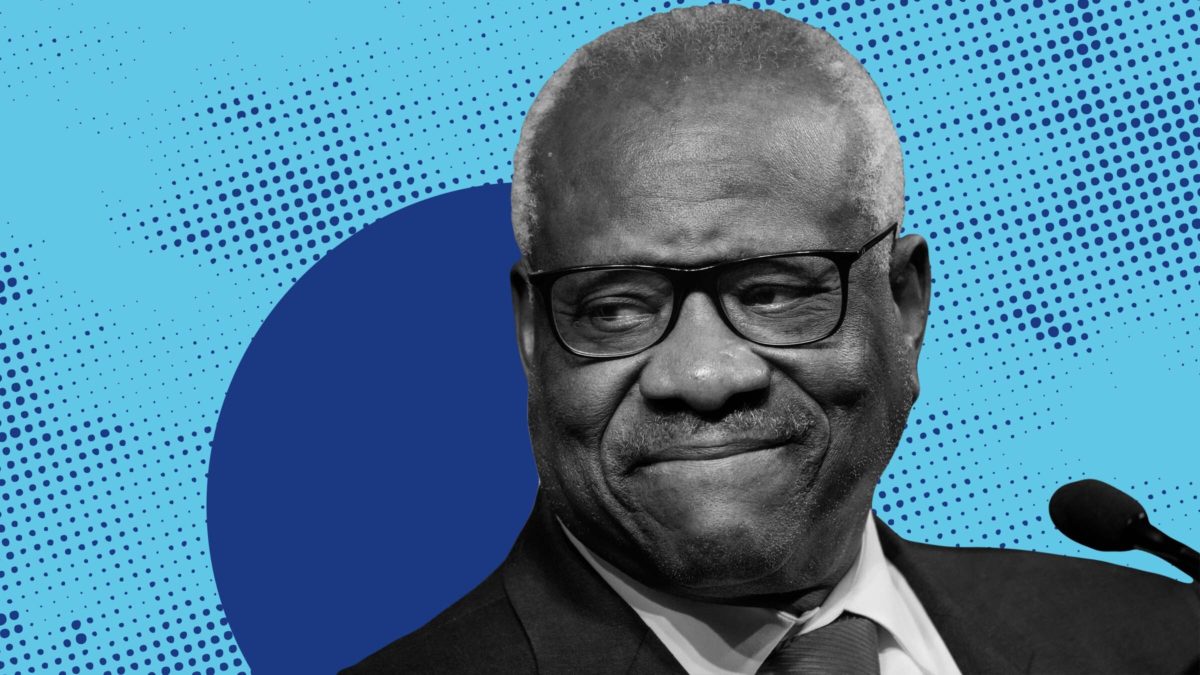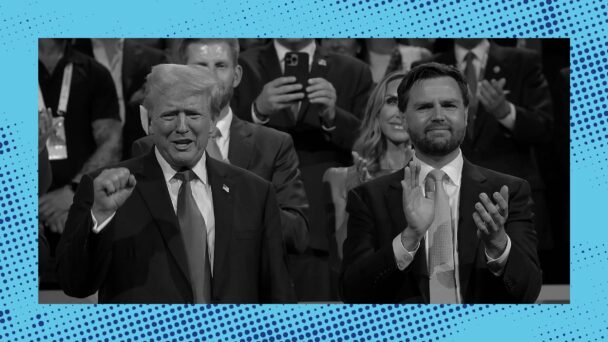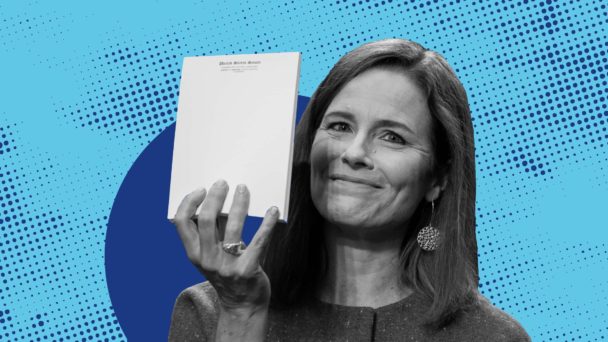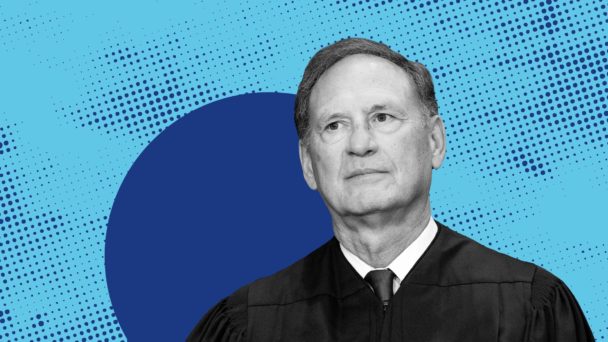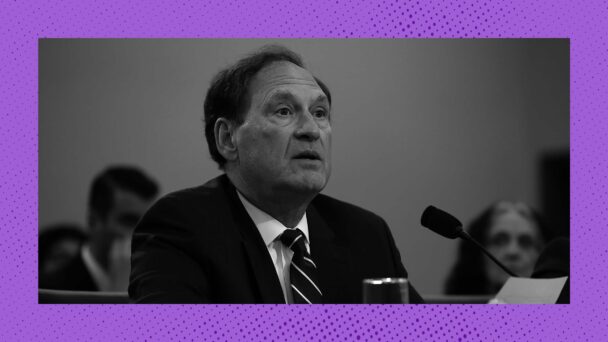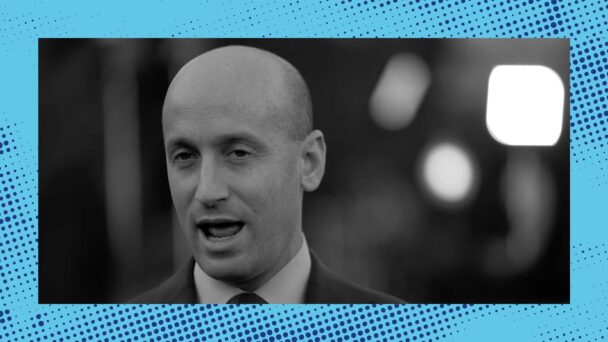It’s a bad omen when one sees that Clarence Thomas has the majority opinion in a free speech case. Over the last decade, Thomas’s majorities have struck down government action ranging from the anodyne (municipal regulations of billboards in Reed v. Town of Gilbert) to the consequential (regulations of anti-choice “crisis pregnancy centers” in NIFLA v. Becerra). Last week’s opinion in Free Speech Coalition v. Paxton, a case concerning Texas’s limits on access to online explicit content, is of a piece with Thomas’ earlier First Amendment writings—incoherent, ill-advised, and distressing in its implications for speech.
Free Speech Coalition arose from a challenge to a Texas law, HB 1181, which created age verification requirements to limit minors’ access to explicit content online. Under HB 1181, individuals who wished to access sites in which at least one-third of the content consisted of pornography and other explicit content “harmful to minors” would need to verify their age. That would require invasive data collection, preventing people from anonymously accessing such content. It also likely creates security risks, given the necessary storage of personal information by such sites to prove compliance. But in the words of Texas Attorney General Ken Paxton, who sued the distributor of Pornhub in 2024, “Texas has a right to protect its children from the detrimental effects of pornographic content”—no matter the cost to the First Amendment.
The problem with such laws, as the Supreme Court has repeatedly stated, is that they create barriers for adults’ constitutionally protected access to such content. While minors lack a First Amendment right to access explicit content, adults retain that right. And creating an online age-verification regime that creates direct burdens for adults’ access—even in the name of protecting children—simultaneously creates a First Amendment problem.

Paxton in 2024 (Photo by Brandon Bell/Getty Images)
The Supreme Court held as much over 20 years ago in Ashcroft v. ACLU, a 2004 case in which a majority upheld a preliminary injunction barring enforcement of the Child Online Protection Act, a federal law that made it unlawful for websites to allow children access to obscene content (including pornography). Justice Anthony Kennedy’s majority held that strict scrutiny applied to COPA, because it was a content-based distinction that burdened adults’ access to protected speech, as adults needed to provide identifying information and could not access such content anonymously.
Courts almost always invalidate laws under strict scrutiny, and COPA proved no exception. The Ashcroft Court acknowledged that the federal government could satisfy the first element of the test, as Congress had a “compelling interest” in limiting children’s access to explicit content. But COPA failed the other two elements of the test, which ask if the statute was “narrowly tailored” to achieve that interest, and whether it was the least restrictive means of limiting speech.
Why? Because COPA, Kennedy explained, created burdens on adults’ access to constitutionally protected content, it wasn’t narrowly tailored. In the physical world, a quick flash of a photo ID to access a store that sells pornographic magazines doesn’t necessarily create a record; online, a website or app would need to store records of IDs in order to ensure compliance (and might even need to employ other methods to avoid foreseeable workarounds, like children using a parent’s passport to gain access to explicit material). And because technical options like filtering technology—which allow adults to use technical limits to prevent children from accessing certain sites—could limit children’s access to explicit content, COPA’s requirements weren’t the least restrictive means of realizing the government’s interest.
It’s worthwhile to re-examine the reasoning of Ashcroft in such detail to see how the Supreme Court has changed its mind on a previously settled question of technology law and free speech. HB 1181, the law at issue in Free Speech Coalition, is functionally identical to COPA for purposes of the First Amendment. After Texas Governor Greg Abbott, famous for conservative stunts, signed the bill into law, it was immediately challenged by the Free Speech Coalition, a trade association for the pornography and adult content industry. The Fifth Circuit, as is its wont, decided to ignore precedent and create a flimsy distinction from Ashcroft to uphold HB 1181.
The Supreme Court declined the Free Speech Coalition’s request for a stay of the Fifth Circuit’s ruling, but did eventually grant certiorari. Ever since then, it’s seemed obvious to court watchers that Ashcroft’s days were numbered, and that the Free Speech Coalition faced an uphill battle at SCOTUS. Why else would the Supreme Court decline to stay a law that directly contravened one of its precedents, but grant review in the case—unless it planned to weaken First Amendment protections for an unpopular group and fulfill its monthly quota of overturning precedent for no reason?
Writing for the majority in Free Speech Coalition, Thomas indeed maneuvers past the many First Amendment precedents that should invalidate HB 1181 with cocky incoherence. This is one of those cases in which starting with the dissent, written by Justice Elena Kagan, really helps the reader understand what’s going on. Kagan notes bluntly that the majority opinion is “confused,” and that the contortions Thomas must pull off lead to an opinion “at war with itself.”
Kagan efficiently ridicules the majority’s primary analytical deception, which is that in order to save HB 1181 without explicitly overruling multiple prior precedents, the Court needs to move the doctrinal framework from strict scrutiny to something more deferential—intermediate scrutiny. How does Thomas get there? By characterizing HB 1181’s burdens on adult access to protected speech as incidental, because the goal of preventing minors’ access to explicit control takes precedence. In Thomas’ framing, the law “directly regulates unprotected activity (accessing material that is obscene to minors without submitting to age verification) while only incidentally burdening protected activity (ultimately accessing that material).”
As Kagan notes, this makes no sense. There’s nothing incidental about HB 1181’s burden on adult speakers, which requires them to provide verifiable identifying information that must be retained. Moreover, having a justifiable purpose for one part of the analysis (HB 1181’s application to minors) shouldn’t inoculate the remainder. On four separate occasions, including Ashcroft, the Court struck down similarly structured statutes. But what the majority wants, the majority gets—even if it runs roughshod over doctrine in the process.
There’s an interesting thread in both opinions expressing some frustration at the rigidity of First Amendment analysis. Often in free speech cases the reasoning goes like this: If content-based, then strict scrutiny; if strict scrutiny, then unconstitutional. There are compelling reasons for the preordained nature of the analysis, as speech rights depend on some predictability to avoid chilling effects. But both Thomas and Kagan implicitly and explicitly recognize that reducing individual rights to a flowchart elides a lot of the nuance of governance. Although Kagan wants the Court to continue to apply strict scrutiny to laws like HB 1181, her approach would at least leave open the door to upholding HB 1181 under strict scrutiny on remand. Thomas twists logic and precedent to get at the same result under what is clearly, under the Court’s precedents, the wrong test.
Texas’s victory will reverberate in negative ways. Beyond the many other states that have contemplated or enacted similar laws, the Court’s validation of limiting access to material deemed “obscene to minors” lacks an obvious limiting principle. Is the existence of LGBTQ+ people obscene to minors? Is information about contraception obscene to minors? Is interracial marriage obscene to minors? With this Court, which also last week gave parents the right to opt out of their children reading books with positive depictions of LGBTQ+ people in public schools under the mantle of religious liberty, one can never rest easy. (It was an especially bad week for the First Amendment.)
So while Kagan and Thomas might both believe that HB 1181 should satisfy the First Amendment, her reasoning that the law might satisfy strict scrutiny would avoid the slippery slope that his reasoning leads us toward. Thomas’s logic makes it far easier for the government to justify limitations on access to material that the state decides harms children—and with no stable limit on what “harm” is.
I share the justices’ frustrations with the current state of free speech analysis. But when the conservatives sign on to an opinion that implicitly complains about what doctrine and precedent mandate, it’s a bit like Augustus Gloop whining that his tummy hurts after gorging himself at Wonka’s chocolate river. The Court finally seems to have buyer’s remorse over what it has wrought when it comes to the First Amendment, but without any acknowledgement that it created the unworkable structure it now resents. Creating a principled framework protecting First Amendment rights depends on an honest assessment of what’s wrong with the current regime—something this Court cannot seem to admit.
